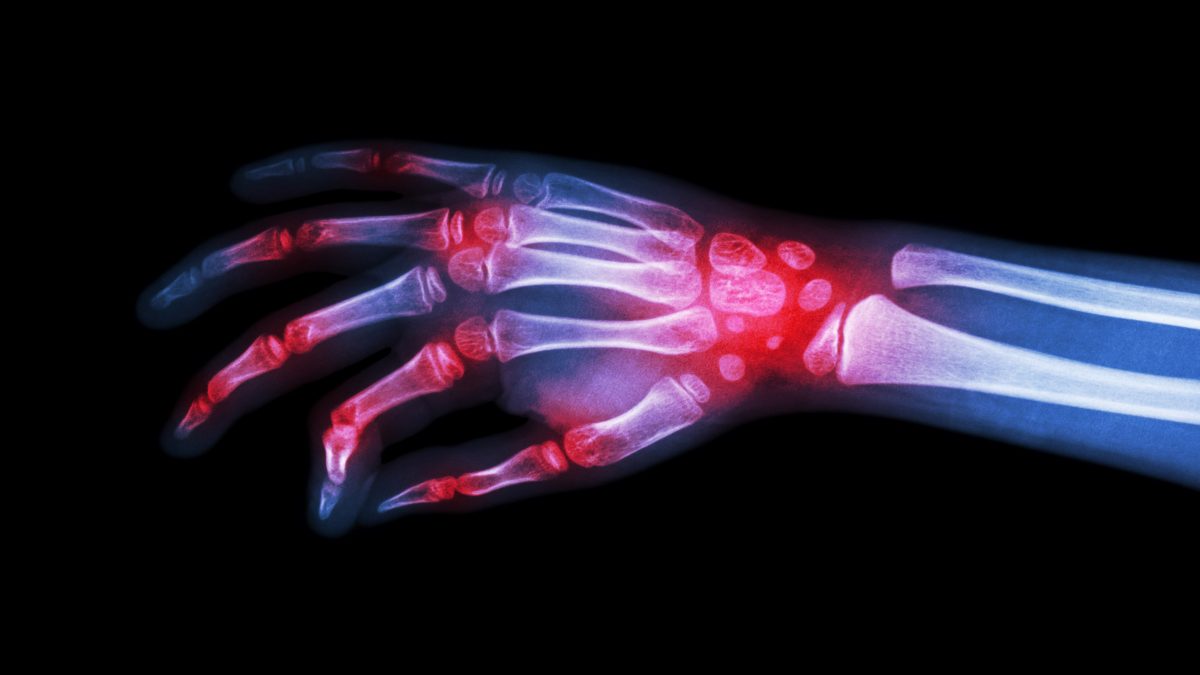What is rheumatoid arthritis?
Rheumatoid arthritis is a chronic, autoimmune, inflammatory ailment that most often damages the small joints in the feet and hands. It can affect other systems and bodily organs such as the blood vessels, the lungs, the skin, and the eyes. Osteoarthritis causes wear-and-tear damage of the joints, but rheumatoid arthritis damages the lining of the joints, causing pain and inflammation that can lead to the destruction of bone and deformity of the joints.
Prevalence
In the United States, the prevalence of rheumatoid arthritis is estimated at approximately 0.6% of the population or 1.29 million people. This disease affects women almost twice as often as it affects men.
Causes of rheumatoid arthritis
Rheumatoid arthritis is caused by the body’s immune system attacking the synovium (the tissue that lines the membranes around your joints). These tissues thicken because of inflammation, and eventually, the inflammation can destroy the joint bone and cartilage. In addition to this, the ligaments and tendons that hold the joint together stretch out and become weak, causing the joint to lose its shape and position.
It could be that genetics plays some part in the development of the condition, but doctors are not certain what causes rheumatoid arthritis. Even though they do not cause it, genes may make you more susceptible to factors in the environment that trigger the disease, such as being infected with certain bacteria and viruses.
Rheumatoid arthritis risks
Factors that elevate rheumatoid arthritis risks include:
- Gender: Women are at greater risk of developing rheumatoid arthritis than men.
- Age: Rheumatoid arthritis can develop at any age, but its onset most commonly occurs between the ages of 40 and 60.
- Family history: You may have an increased risk of rheumatoid arthritis development if one of your close family members has the disease.
Click Here to read about Symptoms.
















Leave a Reply
You must be logged in to post a comment.